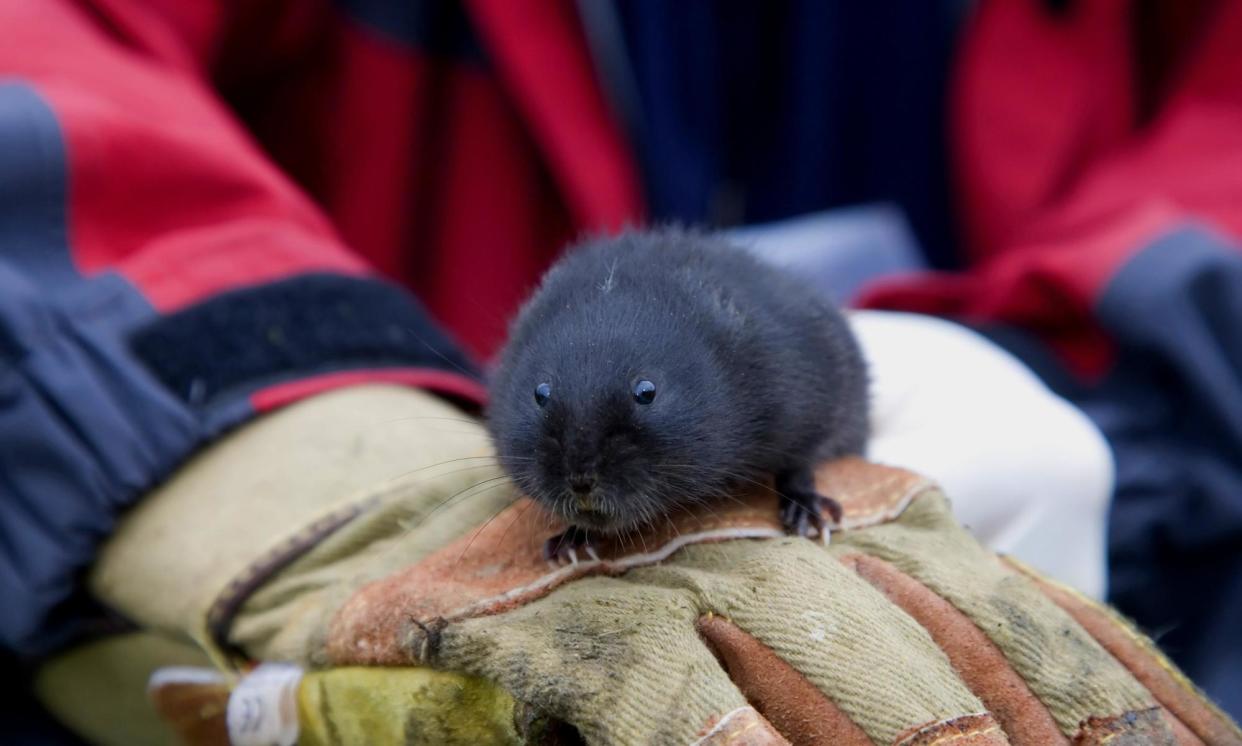Beavers create habitat suitable for water voles in Scottish rainforest

Beavers reintroduced to a Scottish rainforest 15 years ago may have created the right habitat for the area’s endangered water voles to flourish.
The voles, once abundant in Scotland but now one of the country’s most threatened native animals, could thrive in the “complex boundary between water and land” that beavers have created in Knapdale in Argyll and Bute since their reintroduction there in 2009.
The beavers’ dam-building in the forest has led to the creation of a new habitat along the banks of watercourses, where water voles can dig burrows hidden from predatory mink.
John Taylor, the west region area wildlife manager for Forestry and Land Scotland (FLS), which manages the Knapdale forests, said: “Aside from flooding a few places, the biggest impact we’ve seen from the beavers is creating a new habitat along watercourses. They’ve increased what we call edge habitat: instead of a harsh change from water to land, the edges along the burns and lochs are softened and seasonally flooded.
“This more complex boundary between water and land could be excellent for water voles.”
He added: “One of water voles’ main predators is mink. If you have a very simple burn or loch, it’s easy for mink to find the water voles’ burrows – and the female mink is small enough to get right inside. The Knapdale beavers have blurred the boundaries between water and land, which means more places for water voles to hide and hopefully flourish.”
Pete Creech, a wildlife ranger at the Heart of Argyll Wildlife Organisation, which is working with the FLS in the initial stage of the reintroduction of water voles, said beavers were better engineers than humans when it came to creating wetlands.
“The human creation of wetlands is an extremely costly undertaking and, frankly, we’re not as good at it as beavers.” He added that water voles were themselves “eco-engineers” that could in turn create conditions for wildflowers to flourish.
“Water voles and beavers are complementary species and, in their own way, the voles are as busy eco-engineers as their bigger cousins. Their nibbling of sedges and grasses provides space for a greater diversity of wildflowers, while their burrowing shifts soil nutrients to the surface, increasing their accessibility for plant growth.”
Beavers were hunted to extinction in the 16th century before being reintroduced.

 Yahoo News
Yahoo News 
